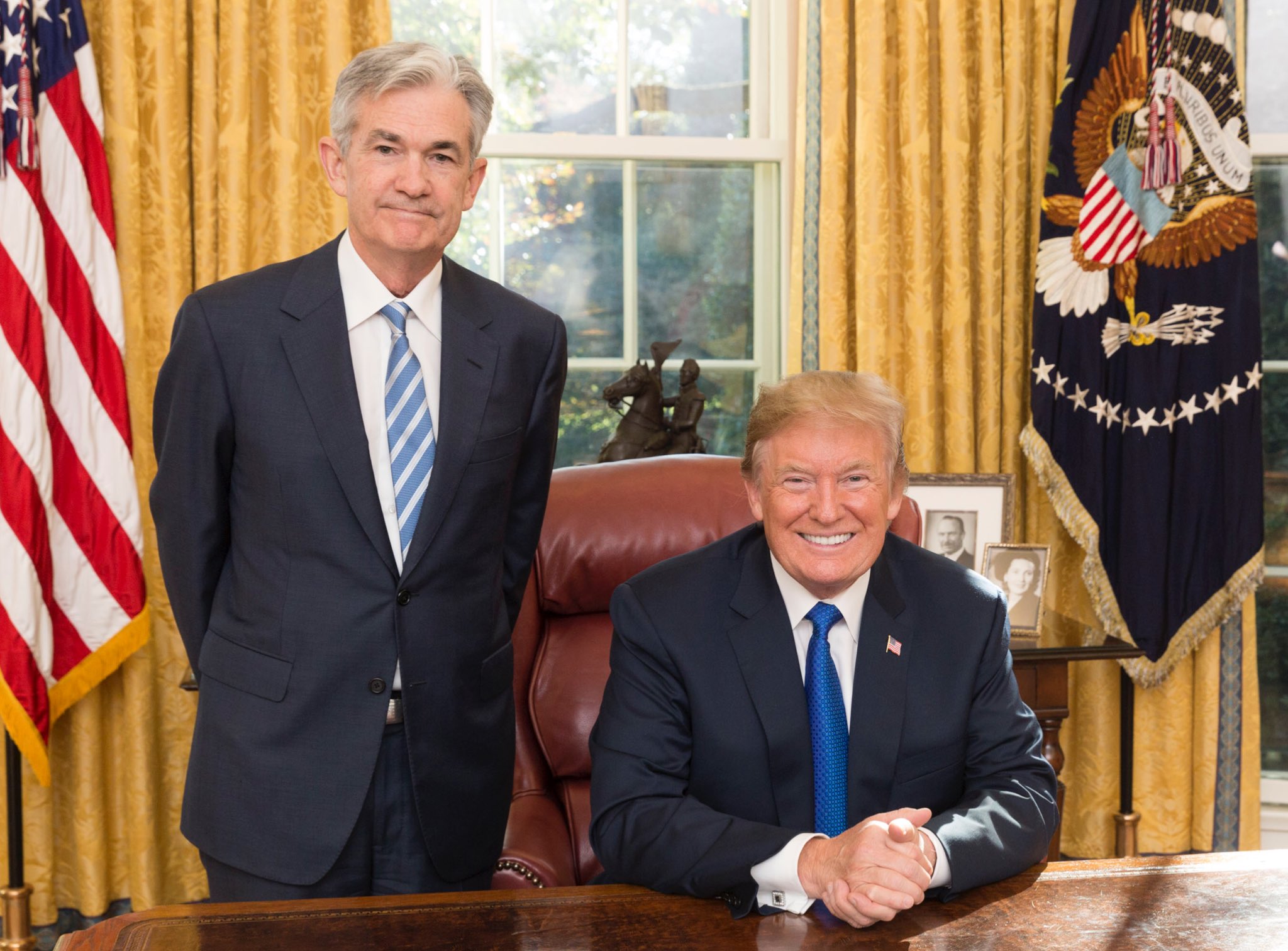New York Community Bancorp (NYCB), a regional bank known for lending to New York City landlords, is facing severe financial distress. In 2021, optimism was high when NYCB and Flagstar discussed a merger, with NYCB’s Thomas Cangemi expressing enthusiasm about the potential. However, three years later, the bank is in trouble, having replaced Cangemi with Flagstar’s Sandro DiNello as CEO. The bank recently disclosed significant weaknesses in risk monitoring and faces investor concerns over further loan-loss provisions. Its stock has plummeted by 73% this year, following a $552 million charge that surprised the market.
NYCB's crisis can be attributed to various factors including changing regulations, new rent restrictions, and acquisitions that expanded its size, leading to more stringent regulatory scrutiny. Despite new rent laws in 2019 impacting its loan portfolio, NYCB continued its growth trajectory, including the acquisition of parts of Signature Bank. These moves almost doubled the bank's size, leading it to cross the $100 billion asset threshold and fall under more rigorous regulation.
Market Overview:
-NYCB's stock price has plummeted 73% this year due to a combination of missed risk signals, new regulations, and changing leadership.
-The bank's heavy reliance on New York City real estate loans and its rapid expansion through mergers exposed vulnerabilities in its risk management practices.
Key Points:
-NYCB failed to adequately prepare for the impact of new rent regulations on its loan portfolio, despite warnings from regulators and community groups.
-The bank's acquisitions, including Flagstar and parts of Signature Bank, pushed its assets over $100 billion, subjecting it to stricter oversight and revealing weaknesses in its capital reserves.
-NYCB shocked investors in January 2023 by significantly increasing its loan loss provisions and slashing its dividend, highlighting potential problems with its loan portfolio.
Looking Ahead:
-The new CEO, Sandro DiNello, faces the challenge of restoring investor confidence, addressing regulatory concerns, and navigating a difficult economic environment for real estate lending.
-The NYCB case serves as a cautionary tale for other banks, highlighting the importance of prudent risk management, responsible expansion strategies, and adapting to changing regulations and economic conditions.
The banking sector is under pressure to evolve from traditional branch-based operations to technology-driven services, a shift fraught with risks. The current economic environment, characterized by high interest rates and volatile commercial real estate markets, is challenging for banks like NYCB. The rapidity with which depositors can withdraw funds and the quick reaction of shareholders to sell stocks at the first sign of trouble adds to the precariousness of the situation.
The story of NYCB is a cautionary tale in the banking industry. The bank's aggressive growth strategy, initially lauded, has led to its current predicament. The bank's struggle highlights the delicate balance between growth and risk management in an uncertain economic landscape. As NYCB navigates its challenges, its trajectory serves as a reminder of the complexities facing financial institutions in today's market.




